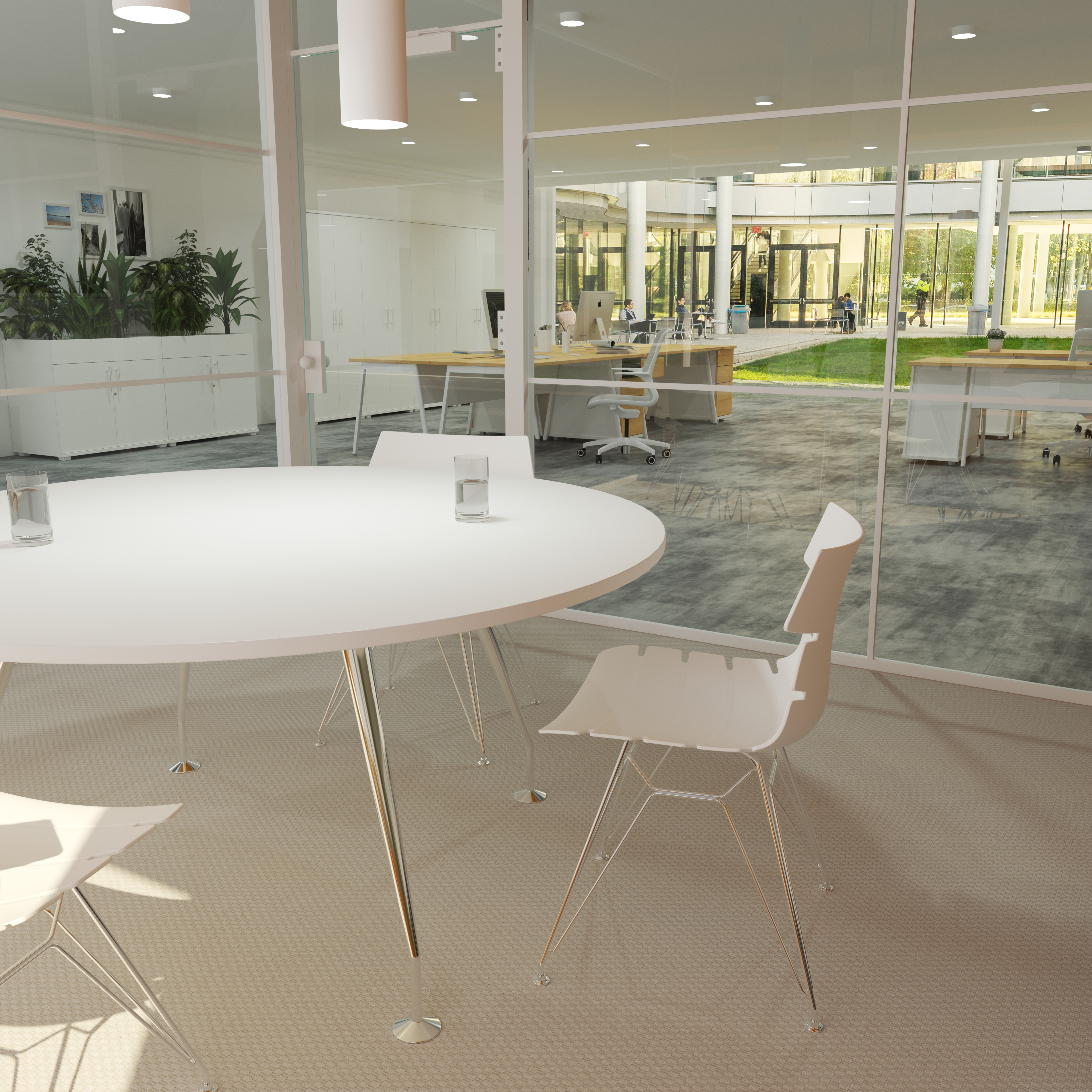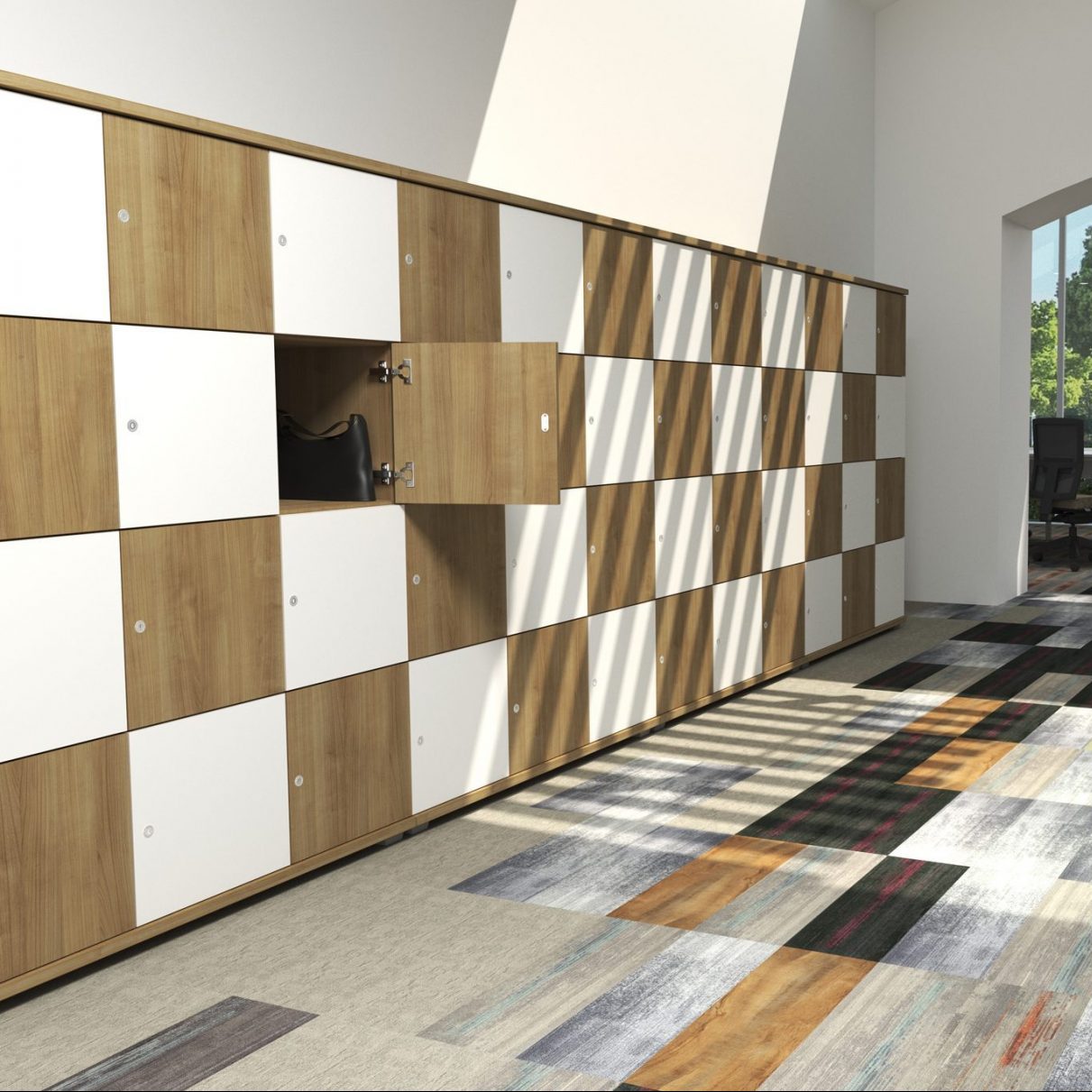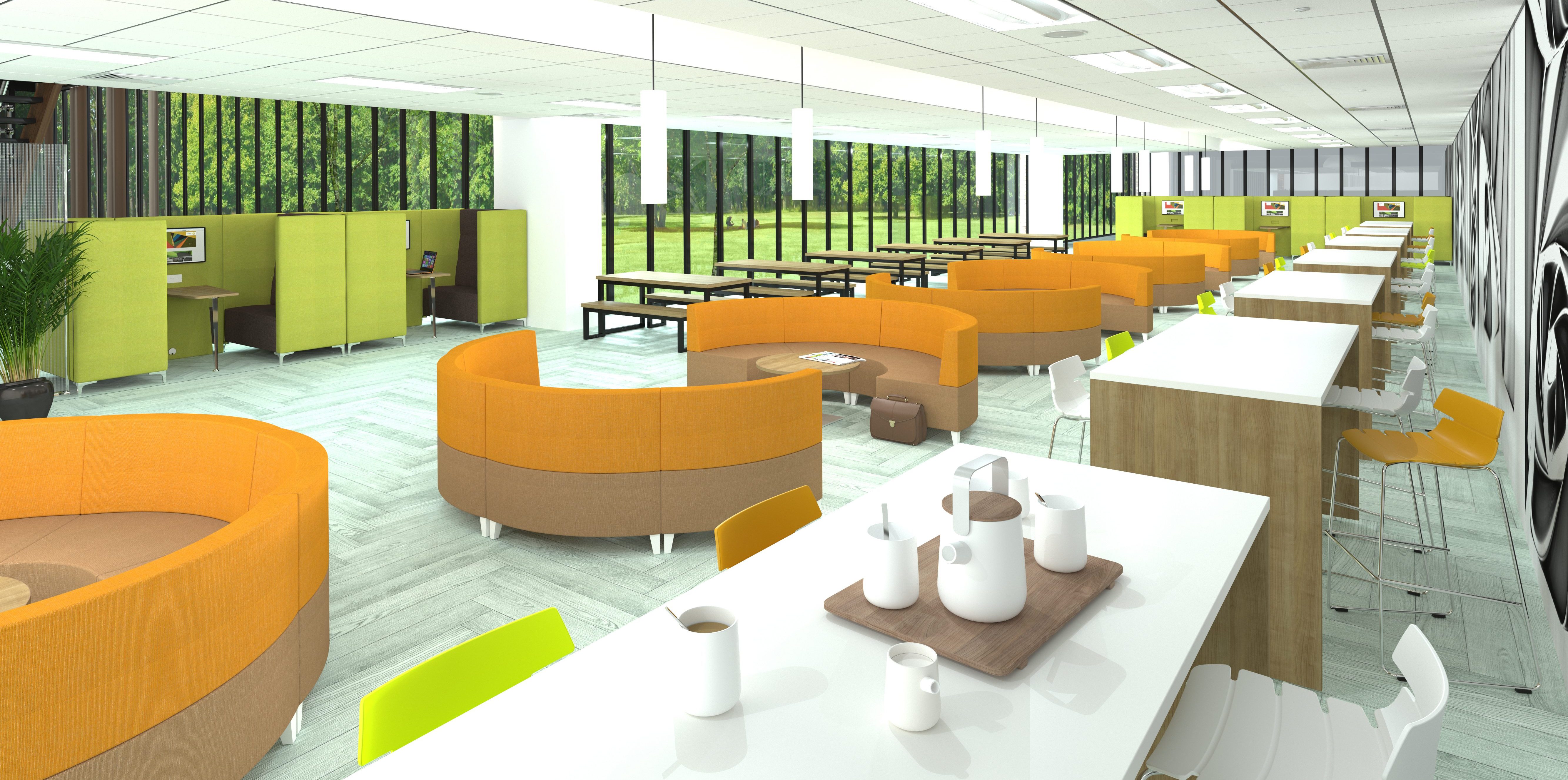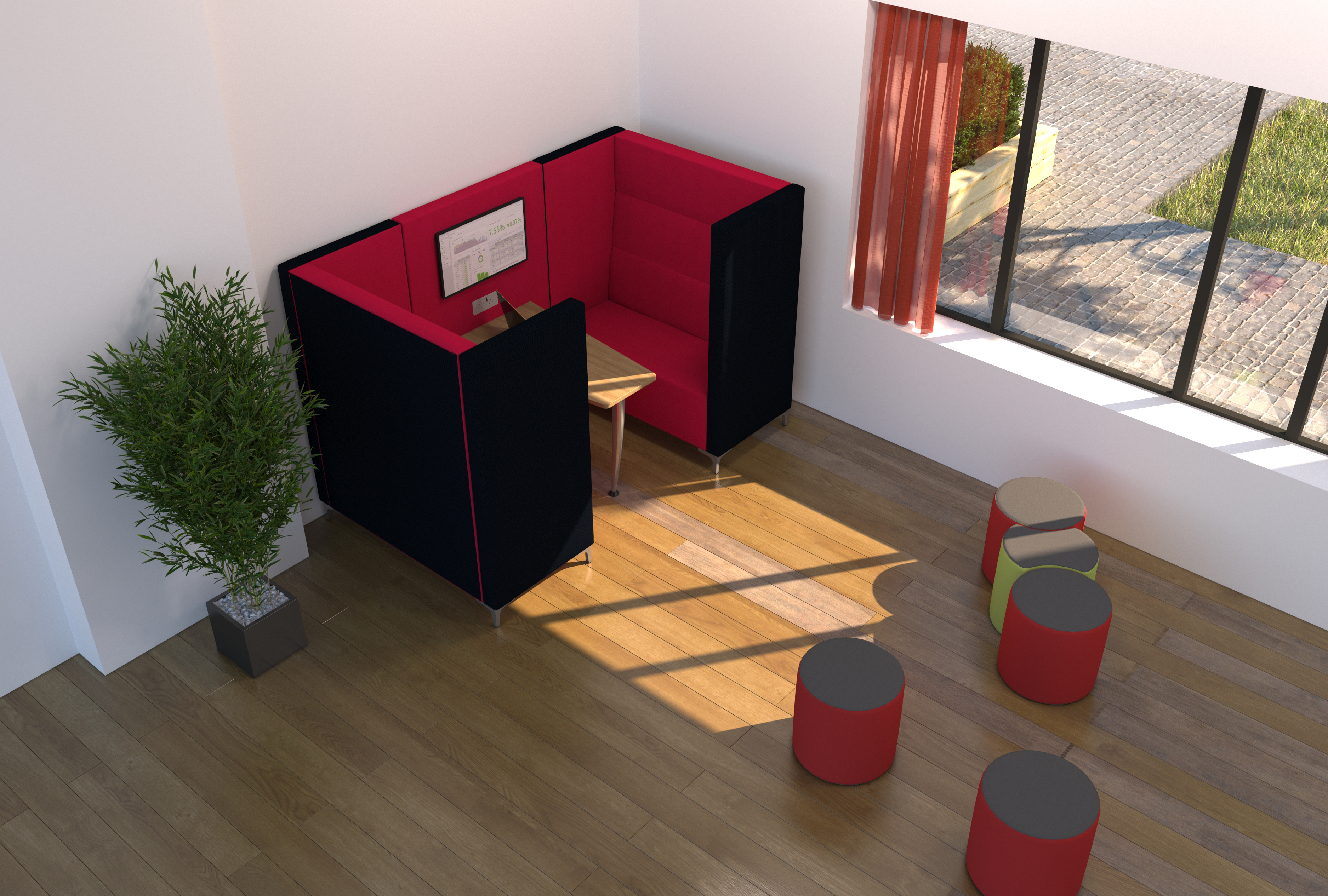Agile working is one of the new ‘buzz phrases’ but many don't really understand what it means and how it is beneficial to productivity and wellbeing. Put simply, agile working is about creating a variety of different spaces which allow people to work most efficiently and effectively. Everyone is different and will undertake varying tasks and activities during the working day. Quiet areas are necessary for concentration and focussed working whereas alternative environments are needed for collaboration, more formal meetings as well as socialising.
An ‘agile’ office provides different working settings allowing people the freedom to choose a space that is most suited to their needs and to work most effectively. Some people are distracted by the noise of an open-plan setting whereas others benefit from the energy generated through working alongside others. Privacy and sound insulation are a must for meetings, particularly those including visitors or virtual attendees.
 An ‘agile’ office provides different working settings allowing people the freedom to choose a space that is most suited to their needs and to work most effectively.
An ‘agile’ office provides different working settings allowing people the freedom to choose a space that is most suited to their needs and to work most effectively.
 Lockers provide secure storage for personal belongings allowing staff to work in different areas within the office according to each particular activity.
Lockers provide secure storage for personal belongings allowing staff to work in different areas within the office according to each particular activity.
Working from home has highlighted that people benefit from social interaction with colleagues. It is important, therefore, to create collaborative environments as well as places to relax, chat and enjoy refreshments!
Agile working is also about personal wellbeing. Prolonged periods of sitting should be avoided. Changing position, taking a break, and walking around the office have been proven to help prevent repetitive stress and degeneration that can be caused by sitting. There are mental health benefits too – most people recognise the need to ‘clear your head’.
 It is important to create interactive environments for collaboration and places to relax, chat and enjoy refreshments!
It is important to create interactive environments for collaboration and places to relax, chat and enjoy refreshments!
 Media booths provide a quiet concentration space and are ideal for small or ‘hybrid’ meetings.
Media booths provide a quiet concentration space and are ideal for small or ‘hybrid’ meetings.
The demographic profile of the working population has changed too. There are now multi-generations working together – from the ‘baby boomers’ born from 1946 to Gen Z who arrived in 1997 onwards. With the ability or necessity, to work productively until aged 67 or beyond, workplace planners must consider the many different needs and work styles of individuals and age groups.
The agile workplace focuses on creating a range of ‘people focussed’ spaces - interlinked yet distinct physical environments. Traditionally, the primary focus has been on maximising space utilisation whereas studies have shown that the creation of bespoke settings that allow people to perform their work optimally offers considerable financial and HR benefits in improved productivity, increased morale, fewer sick days, and better staff recruitment and retention.

 01953 453830
01953 453830